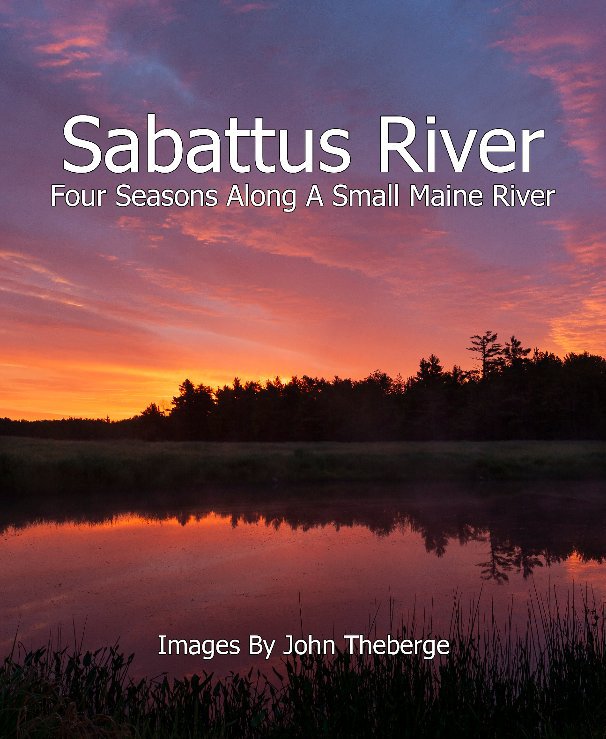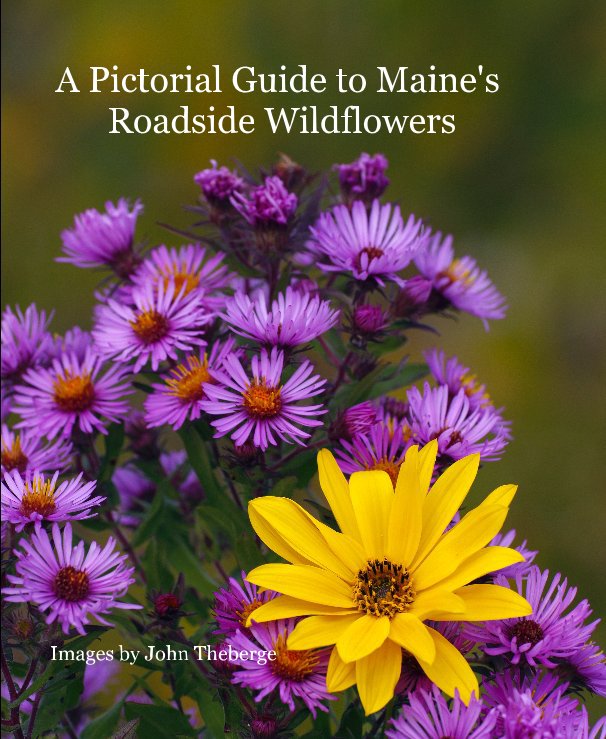




Today I took some photos of leaves frozen in an ice puddle but I didn't end up with anything worth posting. Instead I'll be putting up some photos I took last summer from my kayak. Even though the lakes where I photographed these loons have a lot of camps on them I didn't run into anyone else. If you get up early enough you can avoid the crowds. The one benefit of the lakes being populated with a lot of boat traffic is the loons are used to having people around and can be approached fairly closely.



1 comment:
These are beautiful, John! Lucky that you're able to see so many and get such good pictures. Thanks for pointing me in this direction.
Post a Comment